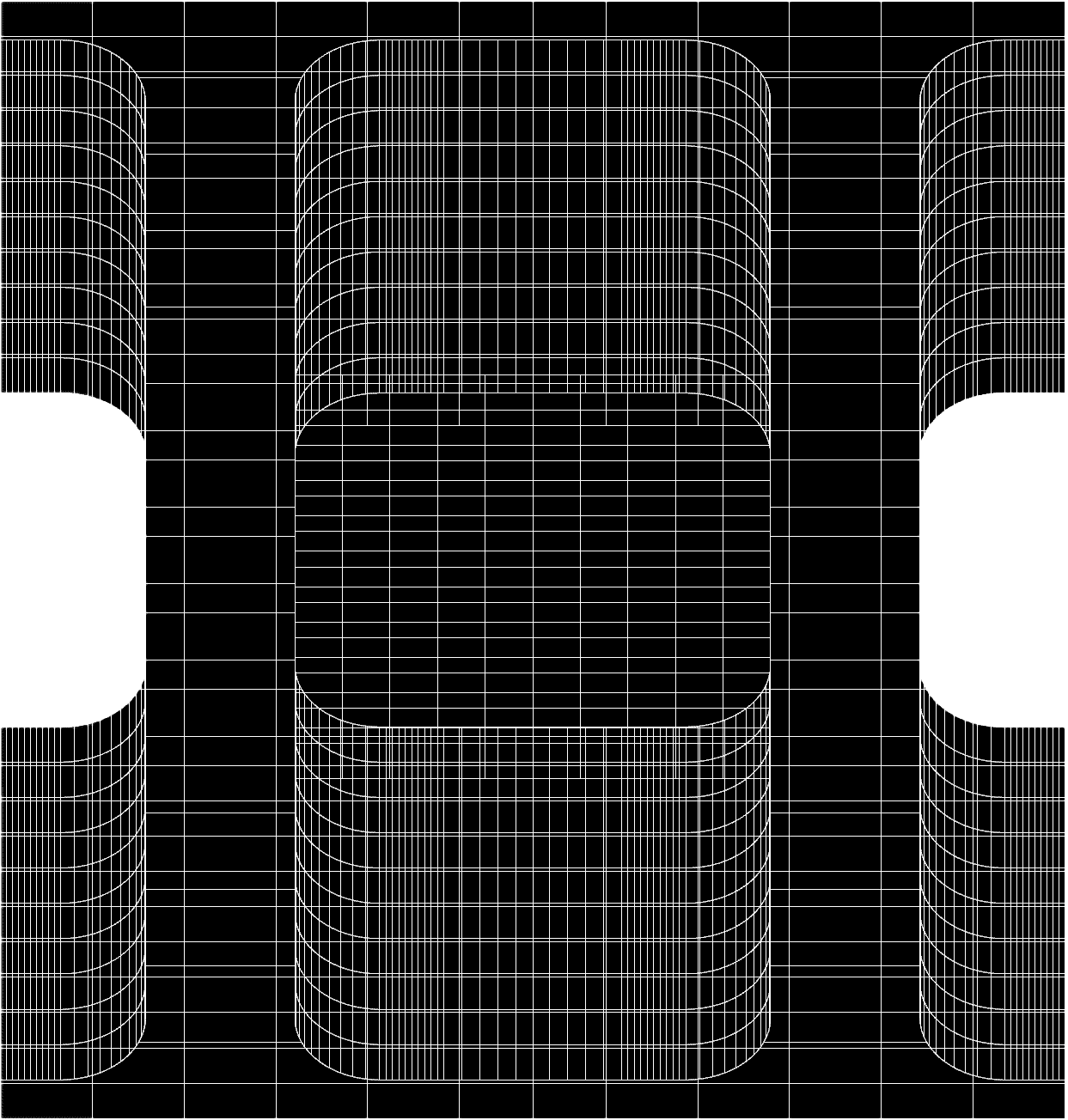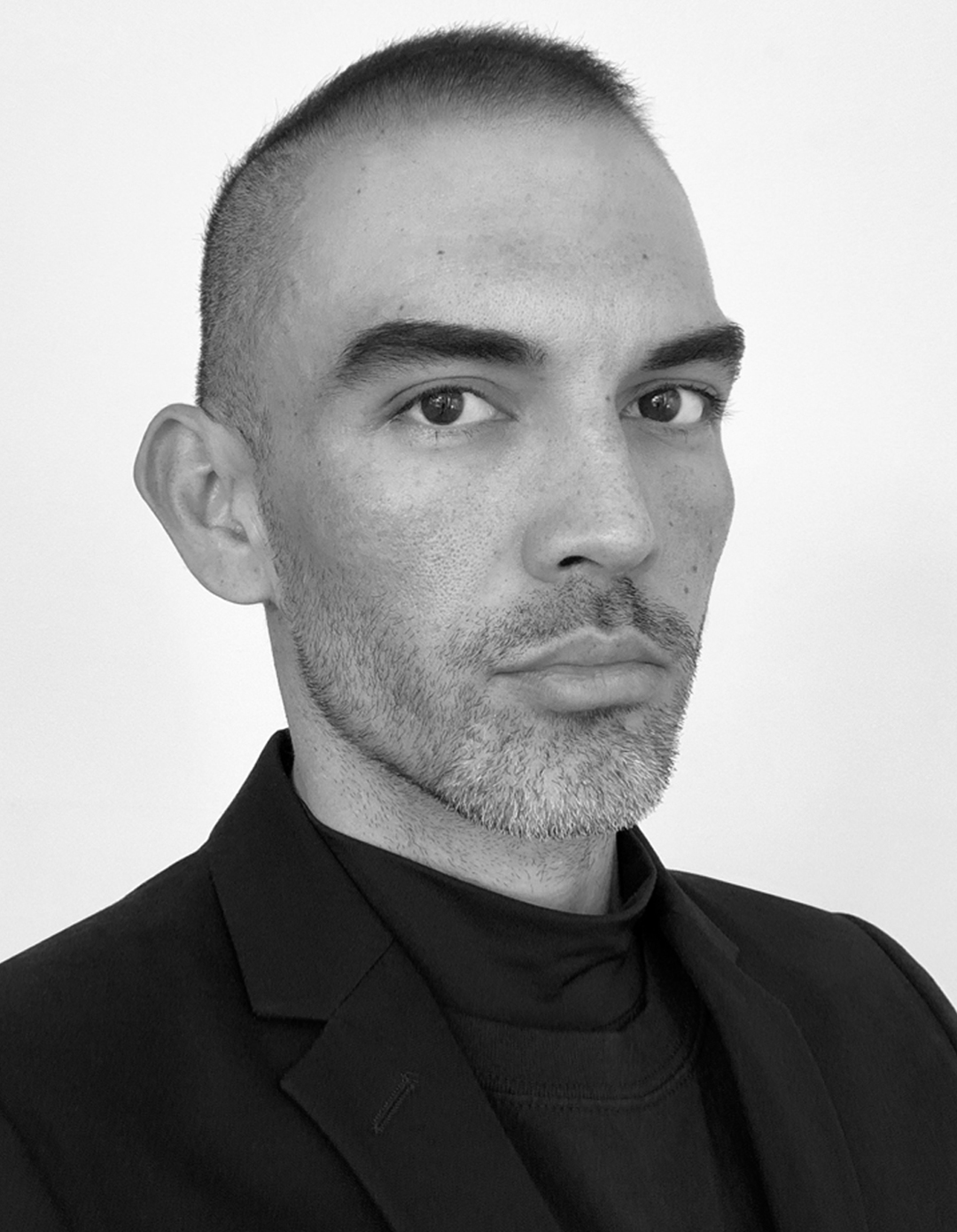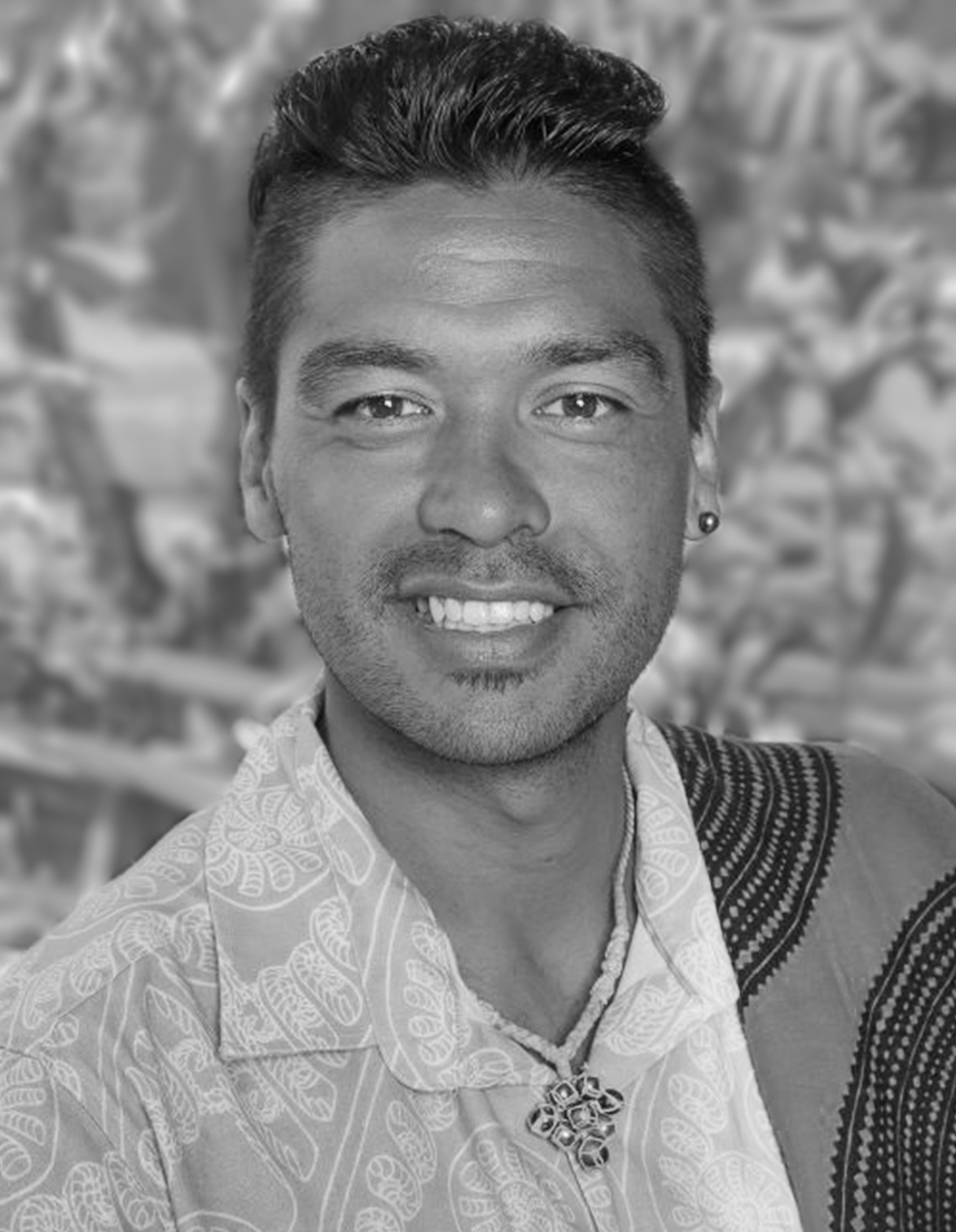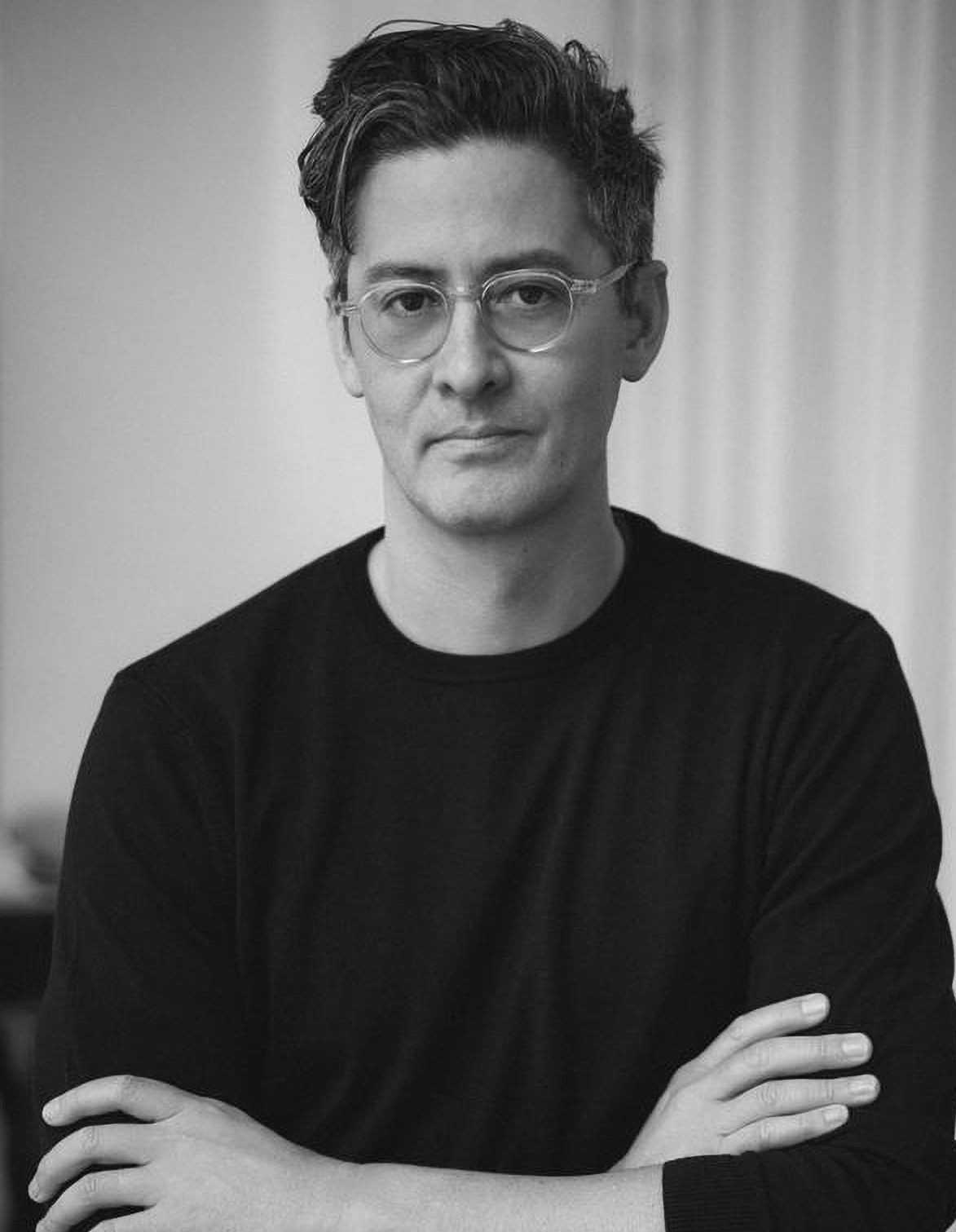
Quick Links:
Projects ︎︎︎
Projects ︎︎︎
Leadership ︎︎︎
ABOUT
Mission and Vision Statement
HAWAI‘I NONLINEAR is a public stewardship nonprofit that supports grassroots “on-the-land” movements who emotionally engage with ‘Āina (Land / That Which Feeds) through Native innovation, storytelling, and creativity in design. We believe ‘āina, as both land and people, is both a living built environment and a system of wellbeing for sustenance.
We champion the recovery and advancement of ‘Āina using art and architecture. Our mission supports Native artists, cultural bearers, practitioners, and grassroots groups who build and care for Hawai‘i places that promote ‘Āina—a critical protective factor for Native wellbeing. Our vision sees the Native transformation of contemporary built environments into ‘Āina, overcoming the barriers erected by generations of settler colonialism, ecological devastation, and racial injustice embedded in our environment. Through creativity, business acumen, and decolonial dialogue, we uplift grassroots ‘Āina projects working to dismantle these barriers, building radical cultural manifestations of native, regenerative futures across Pae ‘Āina Hawai‘i (Hawaiian Islands) in process.
Established in 2021 between Honolulu and New York City, Hawai‘i Nonlinear aims to uplift Native initiatives that physically embed radical cultural manifestations of art, architecture, decolonial history, and Indigenous learning across Pae ‘Āina Hawai‘i (Hawaiian Islands). We recognize the integral and protective role that ‘Āina plays in the process of building wellbeing into the built environments that sustain us across Pae ‘Āina Hawai‘i (Hawaiian Islands). We see a future where the built environment is a thriving place of continual intellect and wellbeing transforming the negative impacts of 20th-century built environments from degradation back into sustenance.
Using decolonial architectural thinking and business acumen, we work to elevate cultural groups and practitioners undertaking ambitious, visionary projects that endeavor to weave Native futures into the fabric of Hawai‘i's built environment. Together we benefit from a collective learning process that might span spectrums of activities, from storytelling to cosmic observation, from crafting material implements to building structures of shelter and sustenance. We stand alongside practitioners leading in culture, food, sovereignty, and land justice working tirelessly to continue the narrative of place and belonging for those who literally physically care for and love Hawai‘i Nei.

LEADERSHIP
Artist-Driven Impact and Native Values
HAWAI‘I NONLINEAR is directed by creative values that respect the past, present, and future, striving for powerful outcomes that foster a culture of care, collaboration, and clear boundaries. We ourselves are Native and Local stakeholders in Hawai‘i’s built environment. As creators, conveners, and collaborative partners, we underscore the importance of ‘āina in the built environment because organizational research around Hawai‘i indicates that ‘āina is key to wellbeing at the personal, familial, and community scale.

Dr. Sean Connelly President, Founding Director
Dr. Sean Connelly (Pacific Islander American) is a Hawai‘i artist, architect, and educator whose work in sculpture, film, design, and cartography addresses pressing issues of ecology and setteler colonialism at the intersections of Native intellect and futures. Sean is founder and director of After Oceanic Built Environments Lab.

Danielle Ulmann Treasurer
Danielle Ulmann (Japanese-American) is vice president of surety at Atlas Insurance Agency and a Committee Chair and immediate past President of the National Association of Women in Construction (NAWIC) Hawai‘i Chapter.

Lanakila MangauilVice-President
Lanakila Mangauil, a Kanaka Maoli artist, cultural leader, and educator from the rural district of Hāmākua, Hawai'i, is exectuive director of HŌʻĀ, an organization that empowers communities through ʻIke Hawaiʻi, focusing on the protection and revitalization of Hawaiʻi.

Puanani ConnellySecretary
Puanani Connelly (Illocano) is a program coordinator at KUA: Kuaʻaina Ulu ʻAuamo, an organization that promotes grassroots projects, and serves on the State advisory council for the Kaulunani Urban & Community Forestry Program.

Kaili Chun
Advisory
Kaili Chun is an internationally recognized and award-winning Kanaka Maoli artist known for her large-scale sculptural that uses narratives, symbols and objects that address the impact of historical events on the present day.

Dr. Kelema MosesAdvisory
Dr. Kelema Moses is an art historian and professor in the Department of Urban Studies and Planning at UC San Diego, with expertise in race, indigeneity, colonialism, and U.S. empire in the Pacific, and also serves as a board member of the Global Architectural History Teaching Collaborative.

Keoni KuohaAdvisory
Keoni Kuoha (Kanaka Maoli) is the Founding Director of the Hawai‘i Community Foundation House Maui Initiative, a crew member of the Polynesian Voyaging Society, and a cultural expert on Native Hawaiian education, language, community engagement, resource management, strategy, and innovation.

Dominic LeongAdvisory, Co-Founder
Dominic Leong (Kanaka Maoli) is a founding partner at Leong Leong, an internationally recognized architecture studio based in New York. He focuses on architecture as an aesthetic, social, and ecological practice, collaborating with diverse partners to advance social agendas within the built environment.
Community Leaders
Kapua Pimentel
Amir Mirza
Kauahi Ching
Ben Trevino
Kapua Pimentel
Amir Mirza
Kauahi Ching
Ben Trevino
We are committed to cultivating environments where intersectionality, integrity, accountability, proper citation, fair compensation, and continuous learning become physically represented in the spaces we inhabit and nurture. By reimagining history and promoting indigenous knowledge, we aim to inform our understanding of the future, grounded in the lessons of the past. We value thefollowing priorities through which we extend our invitation to community members, donors, grant funders, and philanthropic foundations to join us on this transformative journey towards building a sustainable and inclusive Hawai‘i.
Place-Based Approaches
We acknowledge and incorporate Hawai‘i's unique histories, practices, and ecologies in our design and care for its built environment, cultivating an environment that respects Indigenous protocols and values.
We acknowledge and incorporate Hawai‘i's unique histories, practices, and ecologies in our design and care for its built environment, cultivating an environment that respects Indigenous protocols and values.
Advancing Indigenous Knowledge and Imagination
We prioritize empowering Native intellect and futures, promoting place-based knowledge and intergenerational practices that nurture narratives of creating regenerative, culturally rich places.
We prioritize empowering Native intellect and futures, promoting place-based knowledge and intergenerational practices that nurture narratives of creating regenerative, culturally rich places.
Liberating Native Intellect and Futures
We utilize Indigenous knowledge and imagination to foster a culturally responsive sense of place, ensuring the continuation of Native intellect and sparking innovative practices suited to Hawai‘i's distinctive environment.
We utilize Indigenous knowledge and imagination to foster a culturally responsive sense of place, ensuring the continuation of Native intellect and sparking innovative practices suited to Hawai‘i's distinctive environment.
Practicing Culture, Regeneration, Reciprocity
We foster collaboration and innovative decision-making rooted in reciprocity between people and the islands, we aim to deepen our understanding of Hawai‘i and alleviate the tension within its complex built environment.
We foster collaboration and innovative decision-making rooted in reciprocity between people and the islands, we aim to deepen our understanding of Hawai‘i and alleviate the tension within its complex built environment.
PROJECTS & INITIATIVES
Native Futures Focused
‘Āina requires continual regeneration. We advocate for organizations to appreciate and invest in the physical quality of Native built environments (‘āina), as they serve as significant protective factors that enhance the overall wellbeing of Hawaiian communities.
We perceive the built environment as a living physical entity that reflects the intellect and wellbeing of its place and inhabitants, whether human or not. This epistemological approach includes the physical settings of land, ocean, and sky, as well as people, creatures, ancestors, and spirits.
Regrettably, the existing conditions of Setteler built environment in Hawai‘i greatly deviates from this vision. Years of colonialism and militarization have interrupted human relationships between place and sustenance, resulting in ecological devastation and racial injustices. Setteler built environments have been actively built and used to dispossessed Indigenous of their lands and cultural heritage, today still under constant threat.
Our understanding of the built environment advocates for a paradigm shift towards viewing ‘āina as a holographic system of sustenance. We approach our projects and initiatives about Native built environments carefully through at least three areas of interest and consideration:
Recovering Places of Sustenance: Restoring Indigenous fish ponds, taro fields, and other physical sites that have been neglected or erased.
Supporting Indigenous Building and Construction Practices: Advancing the presence of native craft, material technique, and cultural practice in the design and care of the built environment, from buildings to infrastructure, from stream to watershed.
Protecting Transformation in Place: Advocating and safeguarding projects about reclaiming places for ceremony and observation amid resisting forces of industry or market demand projects that impose on the ability for communities to create authentic ‘āina.
CURRENT PROJECTS
‘ĀINAVIS Built Environments Intensive
Hawai‘i Nonlinear is in the process of identifying metrics for understanding and measuring the concept of success in Native built environments. As such, we are in the process of seeking support to organize a cohort-based fellowship program via our newly designed (but still in development) inagural program, ʻĀINAVIS Intensive—an artist-driven experimental mapping concept to acknowledge the physical wellbeing of ‘āina (that which feeds) across Pae ‘Āina Hawai‘i (Hawaiian Islands). Short for ‘āina-vision, ‘ĀINAVIS is interested in hearing about the stories and achievements of people and ‘āina dedicated to protecting Hawai‘i's built environment as the source of sustenance.
Because we are often dealing most with communities in rural and decolonial settings, our strategy requires us to reach beyond the limitations of typical surveys. The ʻĀINAVIS Built Environments Intensive will focus on a conversational and participatory method and aims to organize a carefully selected cohort of groups and organizations dedicated to the recovery of ‘Āina interested to engage in comprehensive dialogue about their work and practice in ‘Āina as a protective factor of wellbeing as also an immensely physical experience with real physical requirements pertaining to the quality of our built environment.
Our selected intensive cohort will organize a group willing to address long-term inequities embedded in the built environment of Hawai‘i. We anticipate that our intensive will best serve individuals working in ‘Āina from diverse fields such as art, activism, archeology, design, humanities, performance, and preservation, who have a deep commitment to sercure Native futures in Hawai‘i's built environment.
Through this program, we aim to learn from the challenges and successes faced by our fellows in the built environment. Our goal is to facilitate discussions about the impact of the built environment upon ‘āina, and well as discuss examples of how ‘āina as themselves built environments can benefit from better design and investments in their built environment to further their mission for ‘āina work. Working with a dialogue-based process, our fellows work collaboratively to create metrics for understanding how we can identify and measure success in the built environment of Hawai‘i. This approach allows us to develop a comprehensive understanding of how our organization and impact can develop and grow over time.
VISIT THE ‘ĀINAVIS PROJECT WEBSITE ︎︎︎
ONGOING INITIATIVES
The metamorphosis of our built environment involves a wide range of specialized professional services, from architecture and landscape architecture to planning, construction, and maintenance. These services are not merely key to creating functional and aesthetically appealing spaces, shelters, and infrastructures, but they also play a pivotal role in shaping the health and wellbeing of our communities. The professionals in these fields are often artists and practioners also operating as licensed experts who should neither be overlooked nor underfunded.
Unfortunately, architecture and landscape architecture professionals, among others, often find themselves marginalized or undervalued, a stark contrast to healthcare professionals, attorneys, or social workers who are deeply involved in ‘āina work. As a consequence, access to built environment experts—licensed architects, landscape architects, and planners committed to genealogical and radically decolonial responsibilities towards ‘āina—is limited, creating a significant challenge. It's not rare for organizations working with ‘āina to rely on pro bono services from design firms that simultaneously contract with settler colonial entities that undermine ‘āina. This situation is untenable, and we firmly believe that ‘āina work merits more than services offered merely to offset taxes accrued from settler colonial contracts.
To tackle this issue, we are in the process of developing several initiatives that focus on deep systems change that embody our steadfast commitment to reviving, promoting, safeguarding, and securing ‘āina within our built environment. By putting the needs of the ‘āina and the communities that inhabit it at the forefront, we aim to cultivate a built environment that is more equitable, just, and sustainable.
3 + year timeline
Native Hawaiian Pacific Islander
National Endowment for Design Education
This initiative proposes an endowment to establish a visiting professorship for Native Hawaiian and Pacific Islander (NHPI) design practitioners at leading architecture schools such as Harvard University Graduate School of Design, MIT, and Columbia University. By establishing this endowment, we anticipate enhancing the supply of qualified NHPI design educators for programs like the University of Hawai‘i and other local initiatives.
As highlighted by an ACSA study, in a representative sample of 800 faculty members from NAAB-accredited schools of architecture, only one would be a Native Hawaiian or Pacific Islander. Remarkably, the University of Hawai‘i School of Architecture, positioned at the forefront of future NHPI architects, has no full-time NHPI faculty, citing a scarcity of applicants with teaching experience. This endowment aims to address this issue and cultivate an experienced intellectual community of NHPI designers qualified to teach architecture and landscape architecture in Hawai‘i.
Additionally, the endowment plans to assist NHPI design students with scholarships and research associate positions. As per an ACSA study, only 27% of NAAB-accredited schools have one or more NHPI students, and a mere 9% have two or more, underscoring the need for this endowment. This endowment, dedicated to the memory of Theodore A. Vierra, the first Native Hawaiian architect accepted into the AIA, is planned to be launched to commemorate the 100-year anniversary of his historic recognition.
6 + year timeline
Ala Wai Memorial Project
The Ala Wai Memorial Project seeks to revitalize 350 acres of existing open space in Waikīkī, from forest to the canal, including the public transformation of a municipal golf course and portions of the Fort DeRussy Military Reservation into land for Native sustenance. This monumental task involves reimagining how Hawai‘i History is integrated into some of Honolulu’s most prominent civic spaces, including various existing resources such as a small boat harbor, a canoe club, a regional park system, and a historic outdoor amphitheater all physically connected to the contentions regional construction of the famed Waikīkī Beach; Diamond Head State Monument; National Memorial Cemetery of the Pacific at Punchbowl via the channelized tributaries of Maikiki Stream; selected schools and universities in the Ala Wai watershed; and the O‘ahu military seacoast defense fortification that stretched around the island from Waikīkī to Kahuku.
See Initiative Website ︎︎︎
10+ year timeline
Hawai‘i Nonlinear School for Design and Built Environments
HAWAI‘I NONLINEAR's endeavors to boost the accessibility and quality of NHPI participation in design extends beyond the transformation of existing institutions. While we strive to establish benchmarks for understanding and measuring the success of ‘āina built environments, and to nurture a community of NHPI designers ready to work and teach, we also aim to create a second school for architecture, design, and planning in Hawai‘i. This objective is being pursued via the proposed HNL Schools, a community-centered architecture school in Honolulu.
Initially supporting our fellowship program, HNL Schools is envisaged to grow and serve as a second architecture school in Hawai‘i, complete with its own physical space. As the program matures into an established institution, HNL Schools will also act as a landowner and developer of ‘āina built environments. By actively contributing to its mission to transform design for ‘āina, HNL Schools will offer the community more choices and improved access to architectural education dedicated to ‘āina.
︎︎︎ RETURN
Organization Bio
HAWAI‘I NONLINEAR is a Hawai‘i-based 501(c)(3) tax-exempt organization.
TIMELINE
The organization builds upon a decade-long public new media art project and social practice originally launched in 2010, as a community new media web project, known as HAWAI‘I FUTURES, initiated by Hawai‘i artist Sean Connelly.
Between 2015-2021, Connelly inaugurated the ongoing Hawai‘i Futures Studio as a conceptual public art project and architecture school program that provided external noninstitutional realworld community organizing concepts for realworld architecture studios at Harvard University, University of Hawai‘i, Columbia University, and MIT.
In 2021, Hawai‘i Nonlinear was established as a nonprofit in collaboration between Sean Connelly (After Oceanic) and Dominic Leong (Leong Leong). The organization was created to support grassroots, intergenerational transformations in Hawai‘i’s built environment, transforming from a state of degradation to one that perpetuates ‘āina systems of sustenance.
IMPACT
To date, HAWAI‘I NONLINEAR has been awarded seed funding from the Hawai‘i Leadership Forum in 2021 and has also received technical assistance from the Council for Native Hawaiian Advancement. The establishment of HAWAI‘I NONLINEAR has been recognized by multiple institutions, including Columbia University, Massachusetts Institute of Technology, E-Flux/Guggenheim, Koa Gallery at Kapi‘olani Community College, NMG/Flux Hawai‘i, and MoMA.


